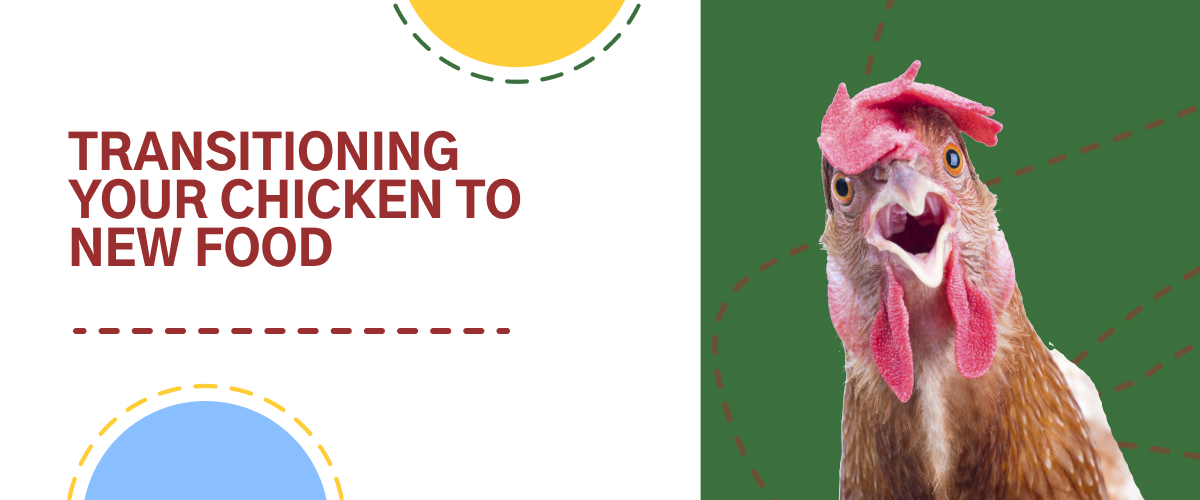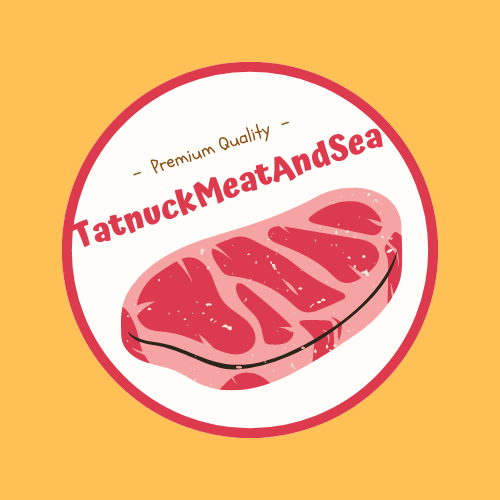As a chicken keeper for several years now I’ve learned that one of the most common questions folks ask is about when to change chicken food. Whether you’re a newbie with your first batch of fluffy chicks or a seasoned pro managing a mixed flock getting the feed transitions right can be confusing!
I remember when I first started out – I was constantly second-guessing myself about feed changes, Should I switch now? Am I waiting too long? What if I mess up their nutrition?
The good news is that chicken feed transitions don’t have to be complicated. In this guide, I’ll walk you through everything you need to know about when to change your chickens’ food throughout their different life stages.
Understanding Different Types of Chicken Feed
Before diving into when to make those feed changes, let’s quickly review the main types of chicken feed you’ll encounter:
Starter Feed (0-6 Weeks)
Starter feed is specifically formulated for baby chicks from hatch until they’re about 6 weeks old. This feed typically contains:
- 18-24% protein content
- Essential nutrients for rapid growth and development
- Often available in medicated or non-medicated versions
Some chicken keepers add supplements like First Peep to their chicks’ starter feed to boost immune, digestive, and respiratory systems.
Grower Feed (6-16 Weeks)
Around 6 weeks of age, it’s time to transition to grower feed. This feed has:
- Slightly lower protein (16-18%)
- Supports steady growth without promoting excessive weight gain
- Helps prepare pullets for egg production without rushing them
Layer Feed (16-20 Weeks and Beyond)
Once your hens approach laying age (around 16-20 weeks), they need layer feed which includes:
- 16-18% protein
- Extra calcium for strong eggshells
- Balanced nutrients specifically designed for egg-laying hens
Finisher Feed (For Meat Birds)
If you’re raising meat birds, you’ll use finisher feed during the final weeks before processing:
- High protein and energy content
- Promotes weight gain
- Requires careful monitoring to ensure bird health
When to Change Chicken Food: Age-Based Timeline
The most straightforward way to determine when to change your chickens’ feed is based on their age. Here’s a general timeline I follow:
0-6 weeks: Medicated or non-medicated starter feed
6-16 weeks: Grower feed or starter/grower combination
16-20 weeks until first egg: Continue with grower feed
After first egg appears: Switch to layer feed
I’ve found that this simple timeline works well for most backyard flocks, but there’s definitely some flexibility depending on your specific situation and chickens.
Signs Your Chickens Need a Feed Change
Sometimes your birds will actually show you it’s time for a change! Here are some signs I’ve noticed that might indicate your chickens need different nutrition:
-
Decline in egg production: If your previously productive hens start laying fewer eggs, it might be time to evaluate their feed. A high-quality layer feed could help get them back on track.
-
Poor feather development or molting: During molting seasons, chickens need extra protein to grow those new feathers. Temporary feed adjustments can help them through this.
-
Digestive issues: If you notice loose droppings or other digestive problems, your chickens might need a gradual feed change.
-
Weight changes: Significant weight gain or loss across your flock could mean their current feed isn’t meeting their nutritional needs.
How to Transition Between Different Feeds
One thing I learned the hard way – switching feeds too quickly can upset your chickens’ digestive systems! Here’s the approach that’s worked best for my flock:
- Mix old feed with new feed – Start with about 75% old feed and 25% new feed
- Gradually increase the ratio – Over 7-10 days, slowly increase the amount of new feed
- Monitor behavior – Watch your flock to ensure they’re eating normally and not showing signs of digestive upset
Many experienced chicken keepers recommend adding supplements like Chicken E-lixir (a daily vitamin supplement) to their water during feed transitions to ensure they’re getting all necessary nutrients.
Special Considerations for Mixed Flocks
If you’re like me and have chickens of different ages all living together, feed management gets a bit more complicated. Here are some approaches that have worked for my mixed flock:
Option 1: Age-Appropriate Feeding Stations
You can set up separate feeding stations for different age groups. This works if:
- You have enough space
- Your chickens respect the boundaries (ha!)
- You can monitor feed consumption
Option 2: Feed for the Youngest Productive Birds
Another approach is to feed based on your youngest productive birds. For example:
- If you have adult layers and growing pullets (over 6 weeks), you could feed everyone grower feed until the pullets start laying
- Once pullets begin laying, transition everyone to layer feed
Option 3: Compromise Feed with Supplements
This is what I usually do:
- Feed a high-quality grower or all-flock feed to everyone
- Provide free-choice calcium supplements (like crushed oyster shells) for laying hens
- The layers will take what they need, while the younger birds won’t get excess calcium
Common Questions About Changing Chicken Feed
When do I switch from medicated starter to grower feed?
This is usually done around 6 weeks of age. The medication (typically Amprolium) in starter feed helps prevent coccidiosis while chicks build immunity. By 6 weeks, most chicks have developed enough immunity to switch to non-medicated grower feed.
Can I feed layer feed to chickens before they start laying?
It’s best to avoid feeding layer feed to chickens before they begin laying. The extra calcium in layer feed can potentially damage the kidneys and reproductive systems of chickens that aren’t yet laying eggs. I made this mistake with my first flock and learned it’s better to wait!
What if I run out of starter/grower feed before my chickens are ready for the next stage?
If you’re only a week or so away from the next transition, it’s probably fine to move ahead slightly early. However, if you’re several weeks away, it’s best to get more of the appropriate feed for their current age.
Can I mix different types of feed together?
Yes! In fact, gradual mixing is the recommended way to transition between feed types. Just be careful about mixing feeds with very different nutritional profiles (like starter and layer) for extended periods.
My Personal Experience with Feed Changes
Let me share a quick story from my own flock. Last year, I decided to switch from crumble to pellet form of the same feed because pellets are less messy in the coop. My hens protested dramatically! They pecked around the pellets, looking at me like I’d betrayed them.
I stuck with it though, and after about a week, they adjusted. Now they’re happily munching away on pellets, and my coop is much cleaner. The lesson? Sometimes chickens resist change, but they’ll usually adapt if you’re patient.
Final Thoughts on Changing Chicken Feed
Changing your chickens’ feed doesn’t have to be complicated, but it is important to get right. Here are my key takeaways:
- Follow age-based guidelines as your primary reference point
- Transition gradually between different feeds
- Watch your flock for signs they might need a feed change
- Adjust for special circumstances like mixed flocks or molting
- Don’t panic if timing isn’t perfect – chickens are adaptable!
The most important thing is to provide quality nutrition appropriate for your chickens’ life stage. High-quality feed costs a bit more upfront but pays dividends in healthier chickens and better egg production.
Until next time,
Your Backyard Chicken Friend
P.S. Remember that these are general guidelines – always check the specific recommendations on your feed bag, as different brands may have slightly different recommendations. And when in doubt, consult with your local agricultural extension office or an experienced chicken keeper in your area.

What is chicken mash & chicken crumble?
Photo credit:
Mash and crumble are just terms referring to the texture or consistency of the chicken feed. Baby chicks aren’t quite ready for food in the form of a tough compact (and rather large) pellet yet.
It’s kind of like how infants start with a version of mashed foods and gradually increase consistency to chewy and more digestible food items – which is pretty darn close to why you start baby chicks off with food that is easier for them to get into their tiny beaks and food in the form of mash or crumble are easier to digest.
Chicken mash is like potting soil in texture. It’s the easiest to digest and finest form of chicken feed on the market, which is why it’s a favorite (and highly recommended) for poultry owners for baby chickens. It isn’t anything out of the ordinary for adult chickens to be eating chicken mash either. In fact, my chickens prefer mash and crumbles during molting season. There is a disadvantage to mash and crumbles, in my opinion. Its so lightweight and gets blown all over, my flock kicks it out of the feeders and it more or less ends up mixing with the dirt and goes to waste.
Chicken crumble is a little more like small granola in texture. I like to think of it like the middle child. Crumble is coarser than mash but isn’t as hard or shaped as pellets. Also, crumble is easier to manage than mash since it’s not as “powder-like” and easily blown away or scattered into oblivion. It’s common for poultry owners to use chicken crumble as a stepping stone from chicken mash to prepare chickens for pellets (adult food). And, I suggest mixing the two (pellets and crumble) for several weeks so your chickens can get acclimated to the new food choice (pellets) before removing the crumbles from their daily food regiment entirely.
What should you choose for baby chicken feed?
Photo credit: Treats for Chickens Hatched at home baby chicks
A baby chicken {aka “chick”} has different nutritional needs than adult egg laying hens, so it makes sense that the type of food they eat should be different too!
Fun fact: A baby chick can live several days from eating the yolk of the egg from which they just hatched. This is how chicks are able to be shipped via the United States Postal Service w/no food or water.
After those couple days of digesting the yolk contents, it’s time to start feeding your cute little baby chicks plenty of fresh water and “real food” in the form of starter “mash” or “crumble”.
